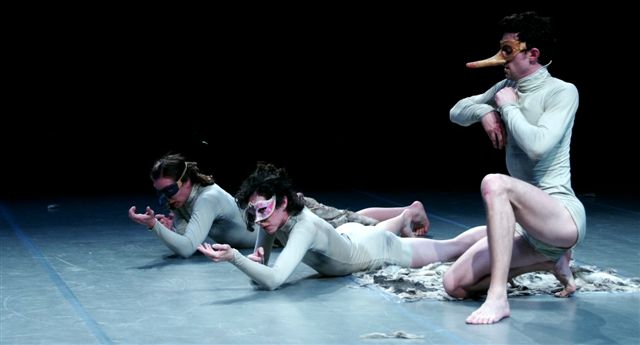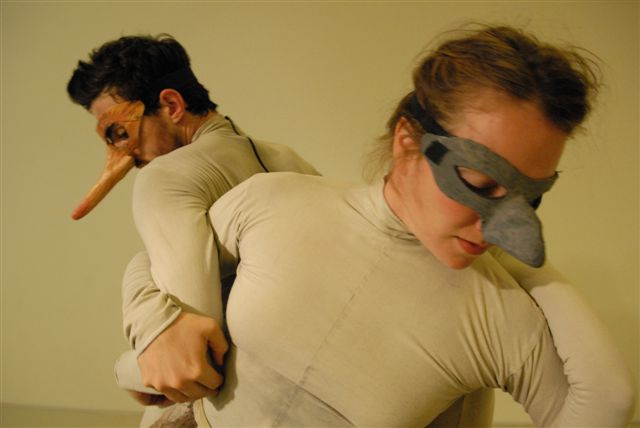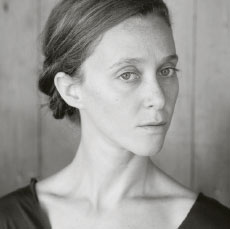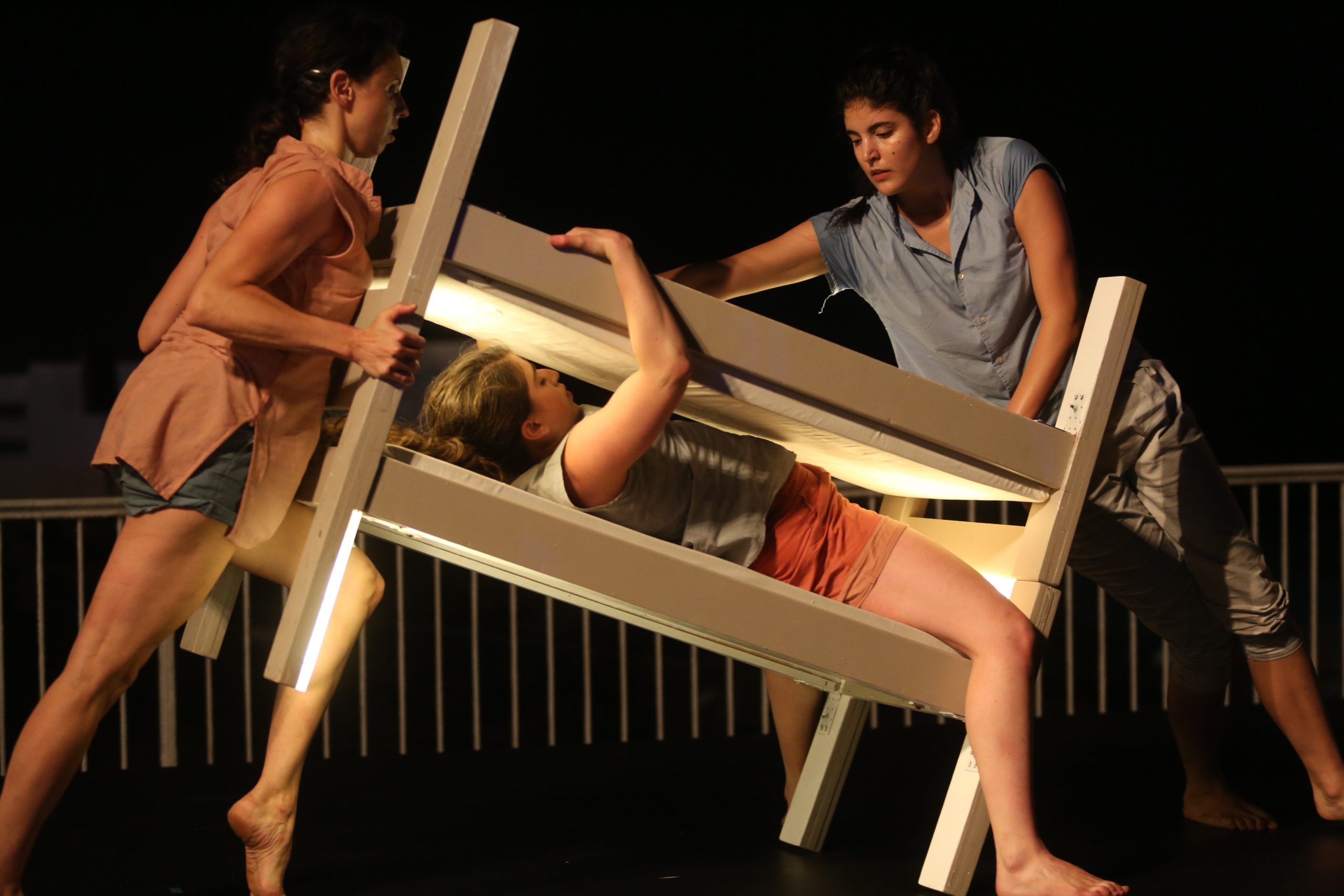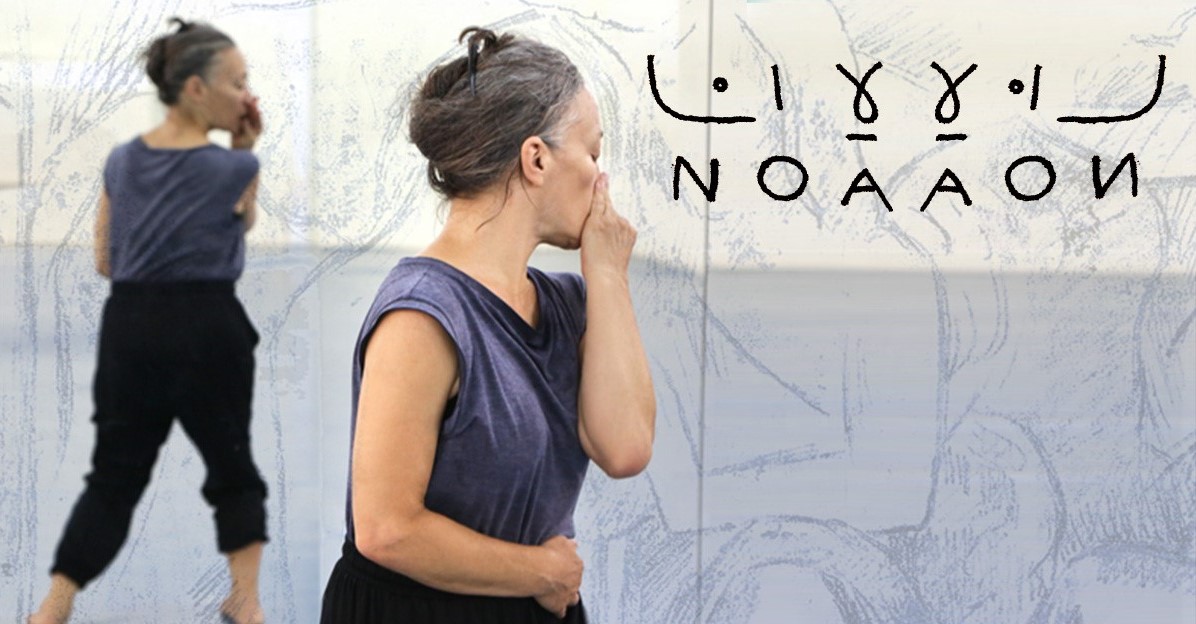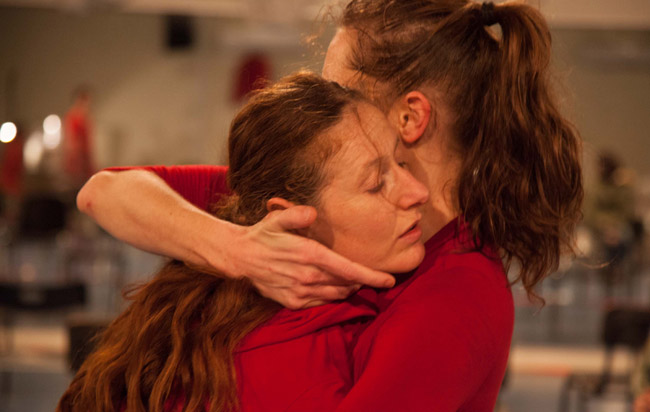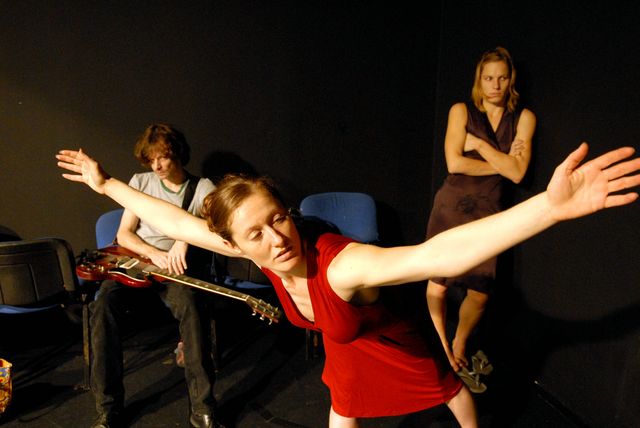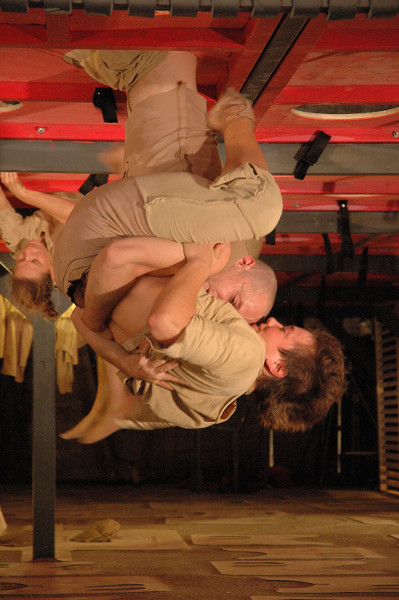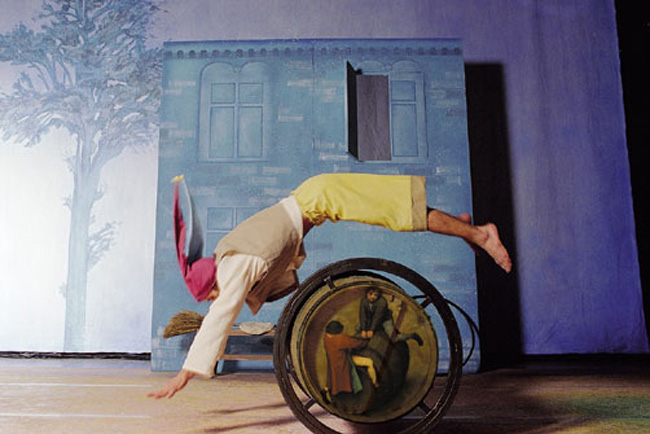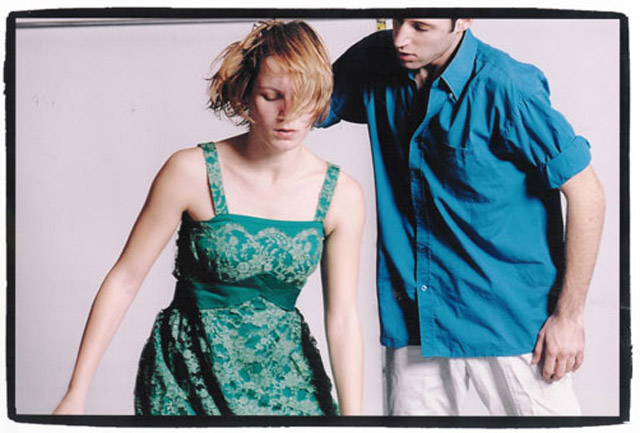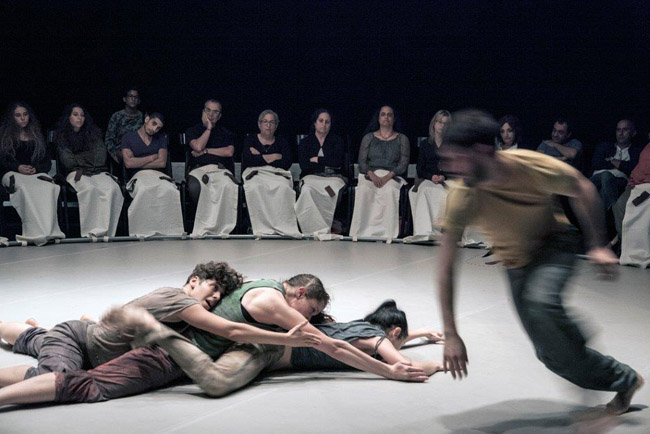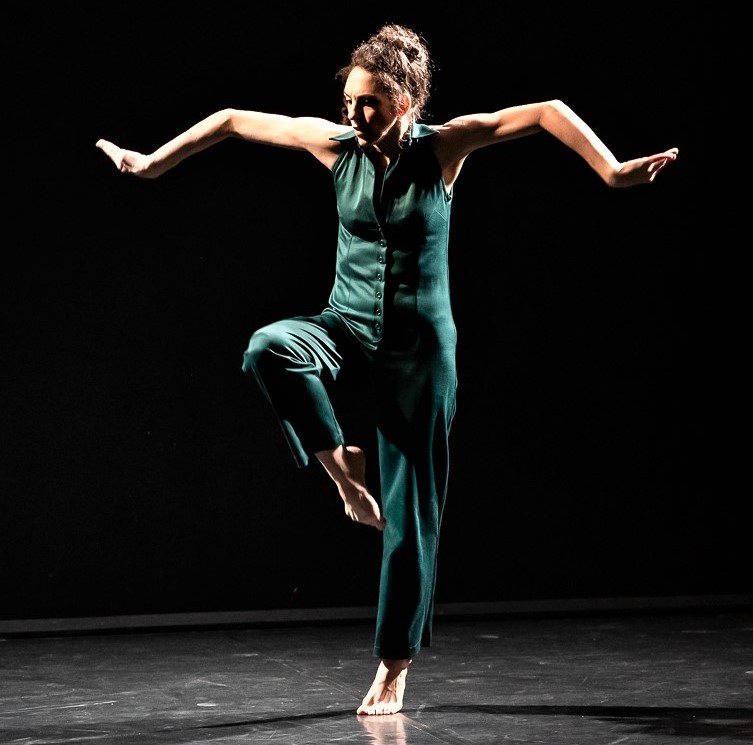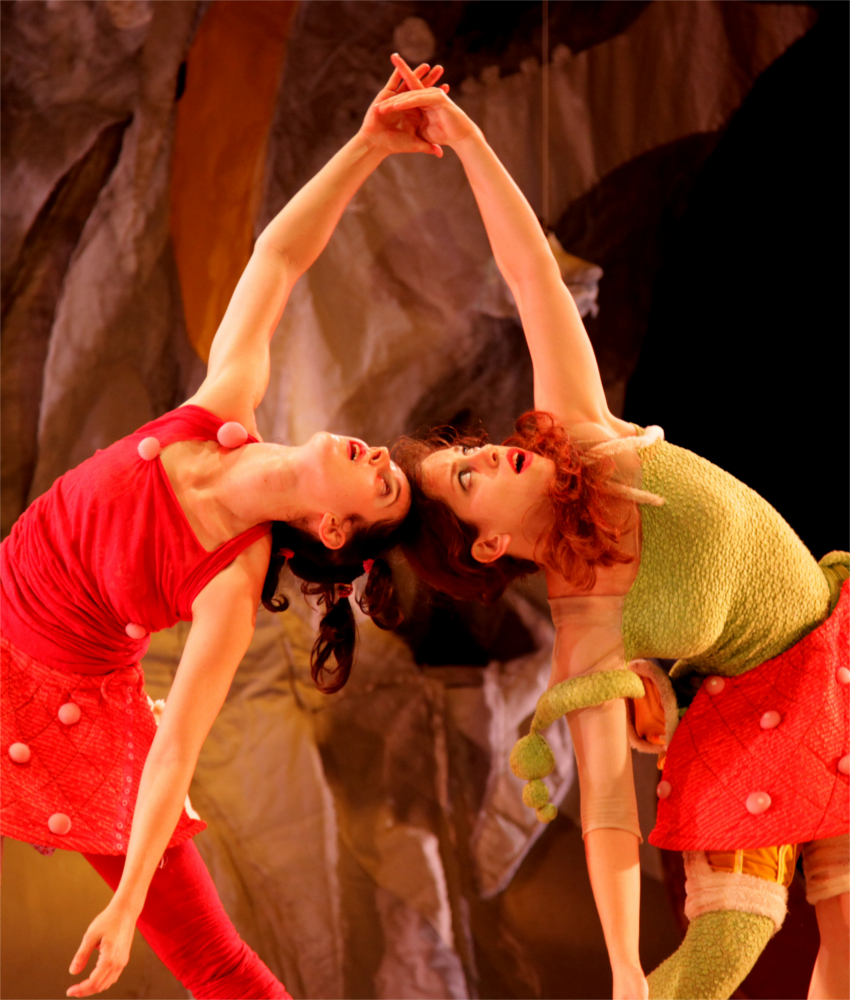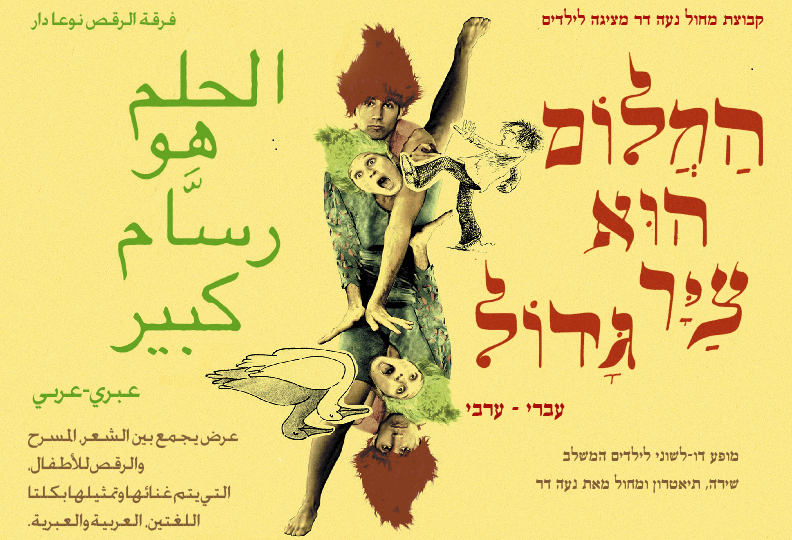“Anu” (”Us”), seeks to examine, separate and categorize, a collection of materials from which a personal identity made from. A story of an identity, which was formed at a social reality in which national myths, history and private biography woven together in a tangle of influences that dictate the course of its life.
In “Us”, Noa Dar observing the impact made upon the individual, who brought up in a society that focuses on principles such as nationalism, socialism and militarism.
Dar’s action here is to disentangle the knots and to create kind of a “User Guide”, dedicated for the individual who seeks freedom of action and making choices, in a society which become withdrawn, emotionally opaque and uniformly thinking.
Original and fascinating performance charged with meaningful sayings – regarding humanistic, social and political universal issues, but at the same time, holding observations on us, here and now. Noa Dar’s “Anu”, is a thought’ provoking creation, and it is much bigger then its components. It made an impressive ending to en evening that its ideological content made it a unique dance event” Zvi Goren, “Ha’Bama”, 3.12.09
“This program with unique voice of its own, versatile and of a high quality. It is a deep and rationalistic dance, full of symbol’s and humor, with political implications to the place we live in. The work is ending with singing of the priest’s blessing – a pray for peace”. Ruth Eshel, “Ha’aretz”, 30.11.09
“Entertaining and thought-provoking dance: an excellent school for exciting, intelligent and mature dance, braking beyond the borders of known dance.” Neta Alexander, City Mouse Online, December 09.
“Noa Dar creating full and detailed theatrical moments. Her work shows skilled choreography and coherent and personal language. It is an accurate and exciting work.” Shelly Kling, “Globes”, December, 09
“In Noa Dar’s trio Anu (Us), Though at times the context is universal, there are several scenes which bear the recognizable imprint of Israeli culture. Gathered center stage in a tight circle, the trio performs a speeded-up mishmash of Israeli folk dance steps; occasionally, one dancer breaks out of the group, causing the others to pause, but then the three immediately resume their folk dance at an even more frenetic pace. Another powerful section references the army service which is compulsory in Israel. Juxtaposing stylized miming of military actions (loading, aiming, and shooting guns; throwing grenades; scoping out a building and breaking in; strip searching a suspect) with sweetly tranquil classical music, the scene is chilling. ” Debora Frieds, “Dance in Israel”, Dec. 09

